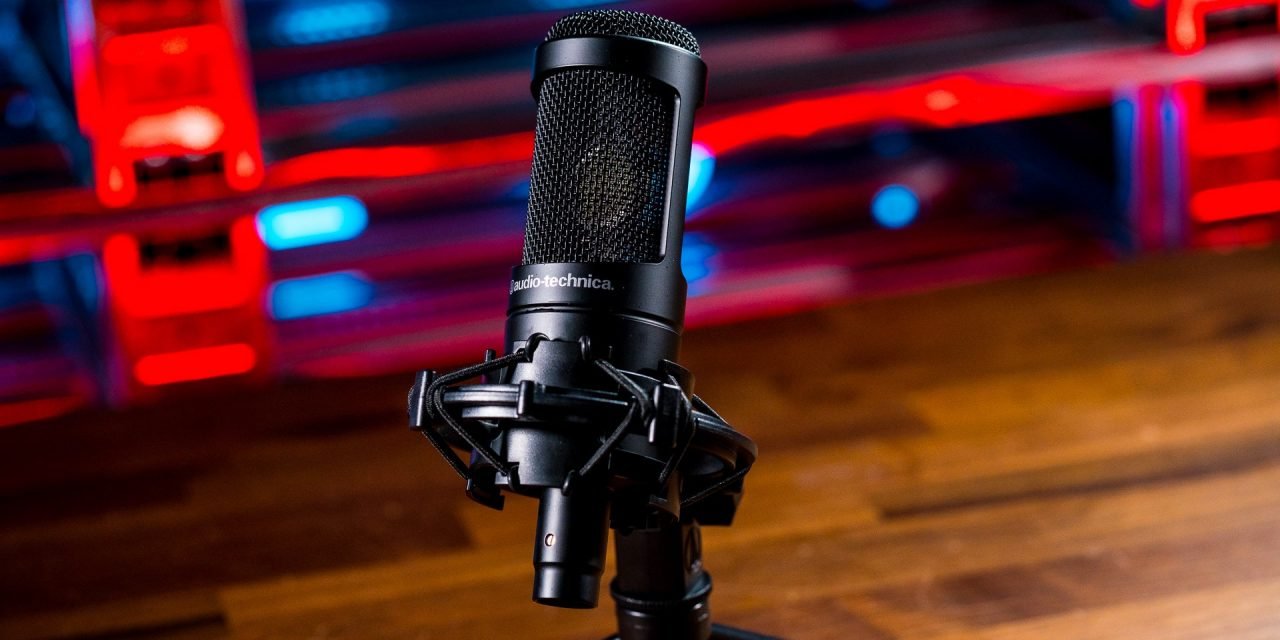
This is the comparison between two microphones i.e. Blue Ember and Audio-Technica AT2035, both microphones brand is well-known and popular. Both have different designs and colors. The features and performance-wise both microphones are successful. There is a minor price gap between both microphones. This review comparison will give you proper information about these microphones which will make it easy for you to decide which one is for you.
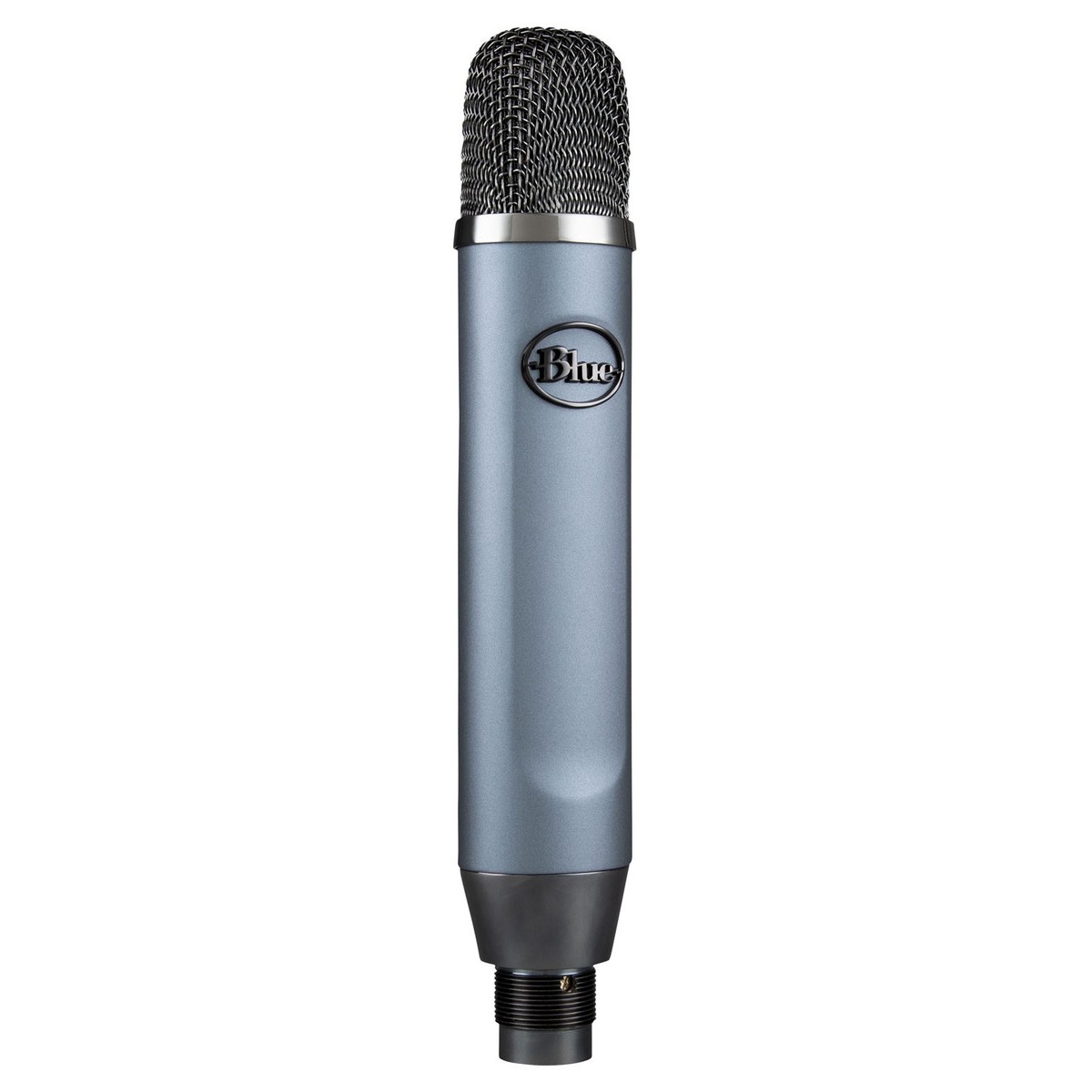 | 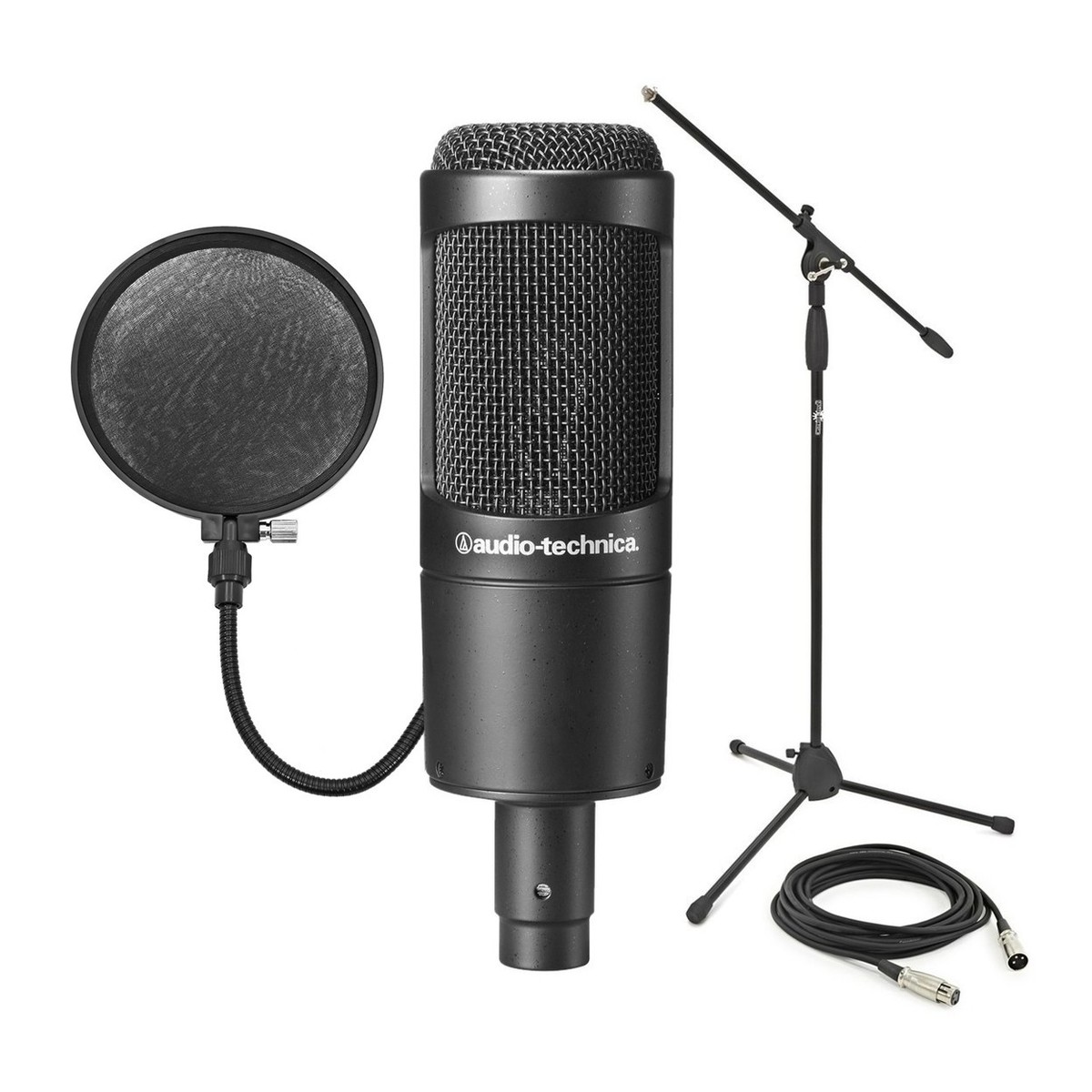 |
| Blue Ember | Audio-Technica AT2035 |
| BUY NOW | BUY NOW |
| PROS | PROS |
| Ideal for podcasters and streamers. Effective off-axis rejection. Provides protection from pops. Portable for XLR mic. Versatile usage. Built-in damping provides excellent clarity. | Musical, gently flattering sound. Solid construction. Comes with a decent shock mount. Good value. Looks classy. |
| CONS | CONS |
| The pop filter is missing. Requires external interface with +48V phantom power. Multiple accessories aren’t included. | Bass response overpowering for some vocalists. Other than the slightly reduced sensitivity of the AT2050, which won’t be a problem for normal studio use, there are no obvious cons. |
SPECIFICATIONS:
| HEADER | BLUE EMBER | AUDIO-TECHNICA AT2035 |
| Brand | Blue Microphones | Audio-Technica |
| Product Line | Blue Microphones | Audio-Technica |
| Model | EMBER | AT2035 |
| GENERAL | BLUE EMBER | AUDIO-TECHNICA AT2035 |
| Manufacturer | Logitech | Audio-Technica |
| Recommended Use | Professional audio | |
| MICROPHONE | BLUE EMBER | AUDIO-TECHNICA AT2035 |
| Microphone Technology | condenser | electret condenser |
| Microphone Operation Mode | cardioid | cardioid |
| Sensitivity | 12 mV/PA | -33 dBV/Pascal |
| Microphone Power Source Voultage (DC) | ||
| Frequency Response | 38 Hz-20 kHz | 20 Hz |
| Signal-To-Noise Ratio | 82 db | |
| Total Harmonic Distortion (THD) | ||
| Max Sound Pressure | 132 dB SPL | 158 db |
| Audio Input Details | Cardioid – 20 – 20000 Hz | |
| Connectivity Technology | Wired | Wired |
| AUDIO SYSTEM | BLUE EMBER | AUDIO-TECHNICA AT2035 |
| Type | Microphone | Microphone |
| Recommended Use | Professional audio | |
| Specific Applications | ||
| Additional Functions | ||
| Controls | ||
| DIMENSIONS & WEIGHT | BLUE EMBER | AUDIO-TECHNICA AT2035 |
| Component | microphone, microphone stand mount | |
| Width | 1.51 in | 2 in |
| Depth | 1.26 in | |
| Height | 8.62 in | 6.7 in |
| Weight | 0.84 lbs | 14.21 oz |
| FEATURES | BLUE EMBER | AUDIO-TECHNICA AT2035 |
| Features | Hand-tuned condenser capsule delivers open, detailed sound Premium, high-output electronics for maximum clarity and headroom Cardioid polar pattern with excellent off-axis noise rejection Compact side-address design fits anywhere and looks great on camera Includes microphone stand mount | Switchable 80 Hz high-pass filter and 10 dB pad. The circumaural design of the ATH-M20x contours around the ears for excellent sound isolation in loud environments. Impedance – 120 ohms. Cardioid polar pattern reduces pickup of sounds from the sides and rear, improving isolation of desired sound source. Adjustable studio boom arm provides full 360° rotation and adjustable, spring-stabilized joints with thumbscrews for easy repositioning of the microphone. Includes custom shock mount & protective pouch. |
Detail Review:
INTRODUCTION:
Blue Ember
The Blue Ember is a cardioid condenser microphone that is side addressed, so one should be speaking into it from the blue logo that is emblazoned on the front face. It has a long, slightly flattened cylindrical body has a gray-blue metallic frame. This microphone is ideal for tracking vocals or instruments and rejecting audio from the are opposite sound source. This mainly for podcasters, streamers, and musicians looking to take their audio to the next level, while still, they want to stay on budget. This is one of the more affordable condensers from a reputable company.
Audio-Technica AT2035
The Audio-Technica AT2035 is a large-diaphragm condenser microphone. It has a cardioid polar pattern. It normally sells for $149. This microphone features a lo-cut filter and 10dB pad. The sound quality of this microphone is amazing and clear. Basically, it’s great for vocals. The capsule in AT2035 is better and it’s larger design gives a flatter response in the low bass frequencies. It does require +48V phantom power. It does come with a shock mount and its frequency response is 20Hz -20kHz. Also, it works great on a variety of instruments.
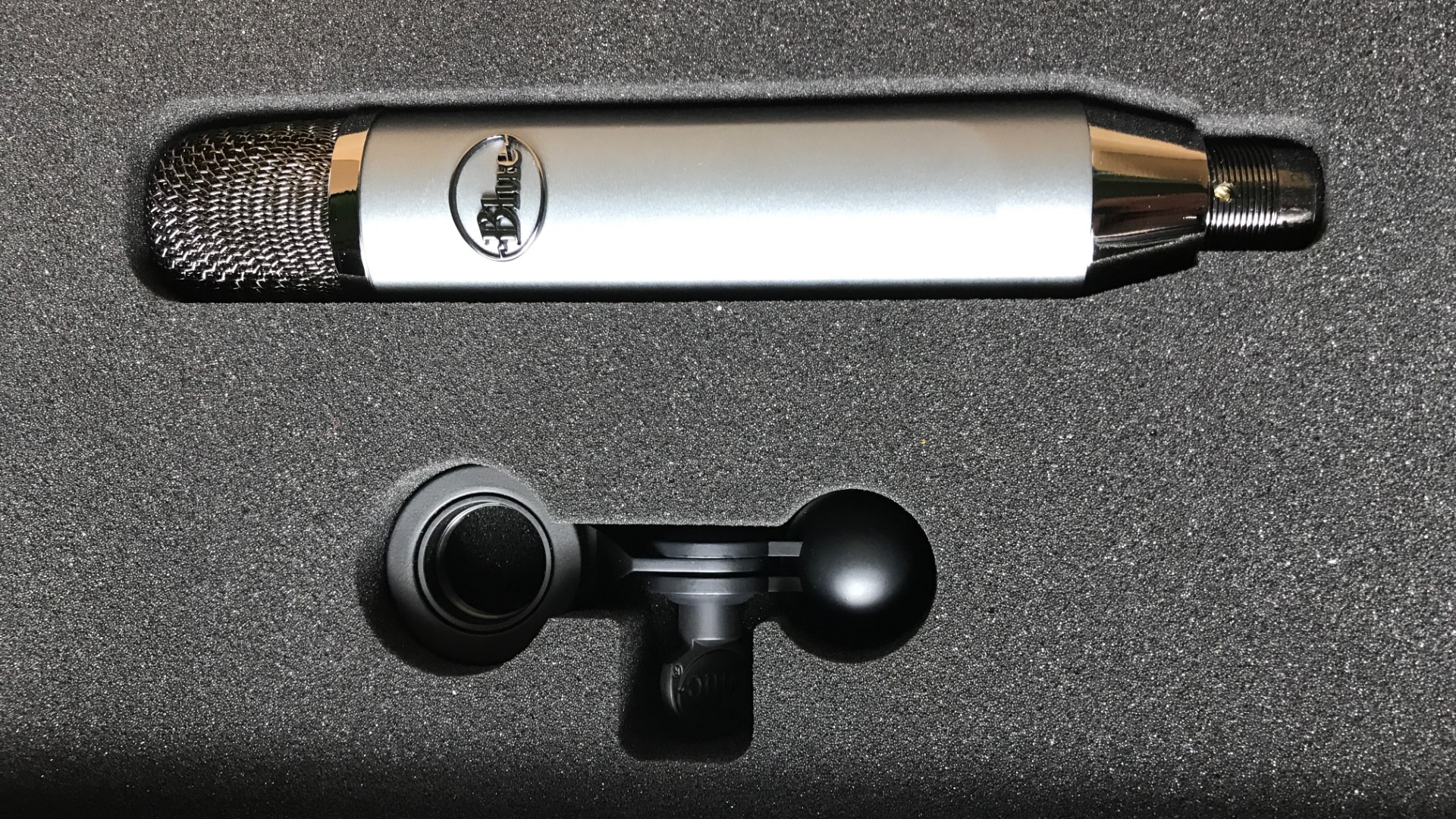
DESIGN:
Blue Ember
The Ember has a retro vibe to its design. Online the design looked different, the microphone looked super long, big, and underwhelming but that’s actually not true. The moment you will touch this microphone you will feel how nice and hefty it is. You will get a beautiful aluminum body with some stainless steel accents that look gorgeous. This microphone is also smaller in person than it might appear to be in videos or online. It’s not small by any means but much more reasonably sized. You won’t find any switches or anything like that, the only thing that you are going to find is the XLR port all the way at the bottom of this microphone.
Audio-Technica AT2035
Basically, the microphone’s color is gold sputter but it doesn’t quite look like gold it’s probably copper or some other material. It does have a condenser that is just under one inch, it’s a large-diaphragm condenser so it’s just under one inch. It does have Audio Technica at the front to a good look at the microphone. At the back of it, there is written AT2035 and then it has the XLR connection there that says Taiwan inside I’m not sure if you can see that inside it says Taiwan. So, this mic is made in Taiwan and there we have two switches basically, the low-cut filter and the 10-decibel pad switch, so two good features to have on the mic however, the switches are quite hard to operate so you pretty much will have to strip, rip out your fingernails to get that little switch to even move so, it’s very very hard to operate the switches it’s hard to get them in place. So, the good side to that would be that it’s hard to accidentally operate them but when you do need them it’s really a pain in the neck to get them to move so do keep that in mind.
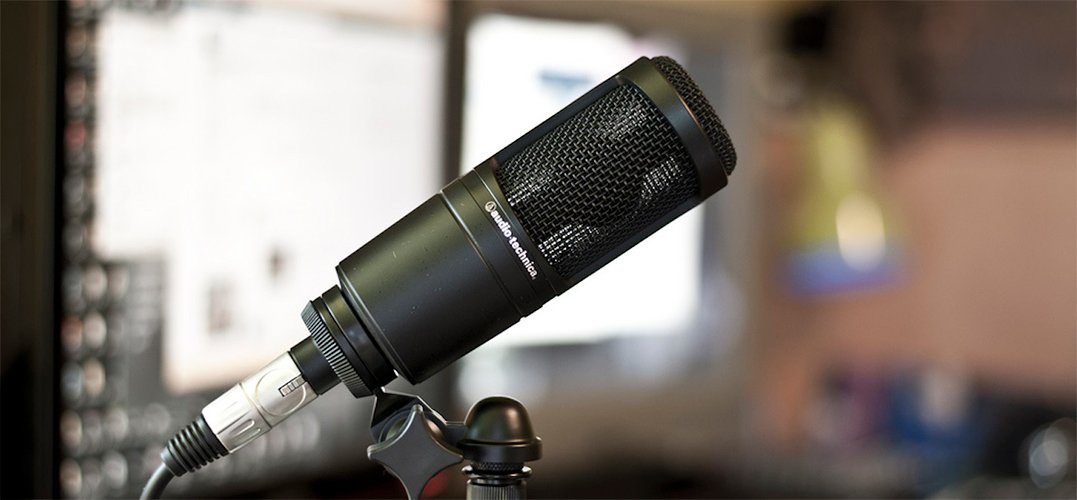
FEATURES:
Blue Ember
The unboxing of this microphone is one of the best ones I’ve come across from any mic that I have ever unboxed. You got the cover for the box which you have to slide off to reveal the actual packaging. When you will open it up you will find some documentation in the layered foam protecting the actual microphone. You get a rigid clip that allows you to attach the microphone to a microphone stand. It’s a simple unboxing for sure but it’s such a nice one overall.
This microphone has a frequency response of 40 hertz to 20 000 hertz, which is a little more narrow because usually we see 20 hertz to 20 kilohertz but it’s not that important in this case. As it is a condenser microphone, it will require an additional 48 volts of power in order to function properly. The audio is pretty decent out of the box but by default, it doesn’t work that well with my voice in particular, because it emphasizes the highs a little bit more than general hearing back in headphones. But these microphones are working for a lot of different people because it still sounds pretty clean in my opinion and by itself and most people will likely be happy with this mic.
One complaint about this microphone is that this microphone should come with a shock mount. Condenser microphones by their very nature by their design are not meant to be really to be handheld, you’re not supposed to hold this in your hand and so, it is very sensitive to if you’re pounding on your desk you’re typing on your keyboard a lot of that Rumble ends up in the microphone if you hear people. If it’s on a stand that is on your desk so thumps as you type on your keyboard those stumps go through the microphone stand and up into the microphone and the way you can isolate and remove some of that thumping is with a shock mount and this ember does not come with one in the box. So, you will really need a shock mount you don’t touch these microphones when they’re in use and you want to isolate them from the floor well. The Ember is a very narrow microphone it’s only like an inch and a half across.
Audio-Technica AT2035
In the box, you have instructions, a soft and nice carrying case that says audio Technica on the fronts, it is nice padding. You can always keep your mic in that soft case, so it’s a good accessory to have. In the carrying case, we have a shock mount and an adapter. If you have a mount like a broadcast mount where you know you’re gonna hang it from the broadcast mount typically those have the smaller thread size so you have the adapter there for the smaller thread size nice to see they included that. Then you have the microphone itself, this is a cardioid capacitor microphone which basically means it’s good for vocals, not as good for guitars things like that as in other types of microphones but the nice thing about this is, it has a low cut so you can decide to keep the low-end bass or cut it you can also do this in most software solutions. The really nice thing is it has a negative 10 dB pad so, that when if you’re plugged into something and say it’s hot so you’re peeking a lot and you really have to turn down the input you can actually just use the pad to take 10db off right at the microphone. So that’s a really nice thing to see.
The nice thing there is as long as you have phantom power then you don’t need a battery in your microphone which is why a lot of boom microphones have batteries in them so, that you don’t need the phantom power. This microphone is gonna be pretty loud and you’re probably gonna be put getting a pretty good dose of your low voice. And if you use it without a pop filter on it, every P and s is probably peaking it. As you will move away from this mic like 2 feet away you will hear a normal talking voice of yours. As you go more away, you will notice some low-end clipping because the further you are away from this type of microphone the less low in is gonna pick up. So your voice should sound a little brighter and a little less slowing but all in all, it should still sound really good.
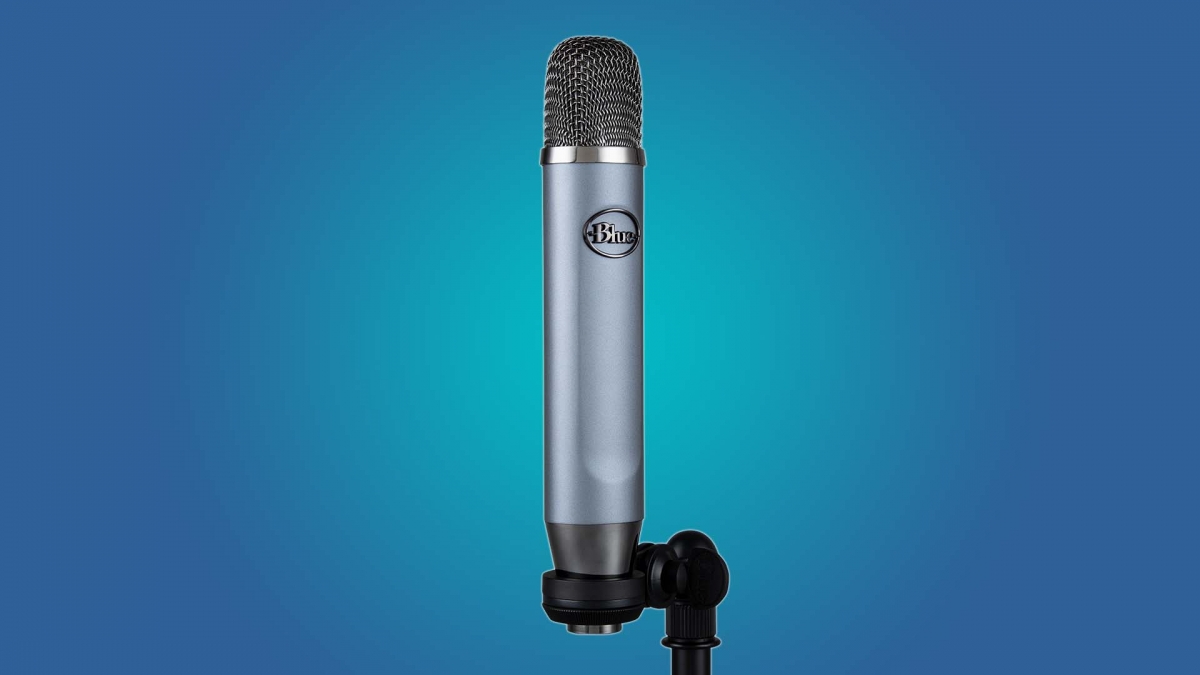
PERFORMANCE:
Blue Ember
One thing about the Ember that streamers need to know is, what streamers generally do is put the microphone way off to side right because they don’t want it to get in their way, they want to be able to see they want to have their face in front of their computer and they want to have the mic off and it’s so it’s not in their face, but look what happens as you will move back from the mic the farther you get away from that mic, you will hear out echoey it get, you will hear all of the room around me and that’s gonna be whether it’s gonna be worse probably more prevalent in the condenser mic. It’s a fact of life that you need to be close to the microphone. According to me, it’s called the signal-to-noise ratio and that is the difference between the signal your voice what you want to get into the mic and the noise all the stuff that’s around the mic that you don’t want to get in there, that noise the echo, the air conditioner, the traffic, the trains, going by all that stuff is reasonably quiet compared to your voice when it’s really up on that mic. So you will notice as you get nice and close to the mic, you won’t hear the echo you don’t hear it very much but as you will move away from the microphone you will hear that echo even though you will talk louder. The condenser mic will probably make that worse. So, it’s as much the microphone technique as it is the microphone itself.
When you use this microphones with an on Ac in your room, you are definitely going to hear it pretty strongly especially because this is a very sensitive microphone, it is a condenser mic after all so it doesn’t do too well with rejecting outside noise or anything like that, so this is pretty normal either way. After running this over a couple of EQ tests you will definitely find a sound that will make you happy as I did, I increased the compression by quite a bit and also lowered the highs a little while slightly raising the mids and increasing the lows a little more than that as well. Like this, you will get an idea that how your voice sounds much better going into this microphone and it sounds more professional or more suitable for broadcasting.
The condenser microphone tends to be pretty sensitive. They have classic sensors, you can hear a noise from three doors away. These are very sensitive microphones and it’s just by their nature. The trade-off for that is the almost always the condenser mics can hear more of the frequency range than that of dynamic microphones. So what that means is this will hear lower bass and higher treble. This is good down to like 38 Hertz. So this microphone goes higher like 20,000 Hertz and goes all the way up to the edge of human hearing. The condenser mics tend to sound a little airier, a little clearer, a little crisper than the dynamic microphone.
The thing which is going to bother everyone about this microphone is its tolerance to plosives. This microphone is the most sensitive to plosives you will ever hear and without a decent pop filter and a little bit of distance between the speaker the pop filter and the microphone itself you will get some very aggressive flow tips that can genuinely destroy your audio. It’s just not very good it’s very aggressive. Also, because of the size of this microphone and then being side addressed you will find it uncomfortable position when trying to set this mic on your desk because horizontally it just takes up too much space hell, even just vertically it’s just too tall. Making this many adjustments to speak into it properly is not a good idea at all, but it’s not as bad at least. This microphone is still pretty sensitive to outside noise as you will hear some ambient noise or noise pc, fans, AC, etc.
Audio-Technica AT2035
The sound quality of this microphone is very nice like it has a very nice warm tone to it with a bit of presence boost especially around the 10k range so, you will get quite a lot of siblings. As it is a cardioid large-diaphragm condenser, so it’s directional it only works from the front so when you speak from the front it will not work on the back, the sides, and, the top. So, do keep that in mind, this microphone only has a cardioid pattern.
So, the nice warm tone of this Mic would be rather good for vocals if you want a nice warm tone to your vocals. However, if you record with this Mic using guitars, this Mic could cause a bit of issue because it is a little bit too warm on the low end, so the low frequencies might overpower the high frequencies a little bit. You might need to do a bit of EQ if you’re using this mic for bass-heavy instruments like guitars but, still, the warm tone can be quite pleasing when it comes to vocals. Bear in mind that this mic does not come with an XLR cable and it runs on 11 to 52 volts phantom power. So, if you’re planning to use this mic make sure your console or audio interface has the required amount of power for this mic to operate. So, it’s 11 to 52 volts so, 12 volts or 24 or 48-volt phantom power will all work with this mic. Another thing to take care of is a pop filter. This mic does not come with a pop filter so you will have to get your own.
The shock mount is a very small and low-profile plastic shock mount, it’s made entirely from plastic. So, however, it is a fairly sturdy plastic it doesn’t feel too flimsy at least it doesn’t feel like a toy but, it will be a lot less durable than metal shock mounts, however, given that is made from plastic it is also incredibly light. So, it’s a good trade-off between weight and quality. The quality of the shock mount is not bad but, it’s not as durable as metal shock mounts. So it’s the pivot and is secured by a single knob there and it holds it quite firmly in place. There are basically two rings in the shock mount, an inner ring and an outer ring and it’s suspended by strings. Inside it has metal screw threads, so very nice at least they aren’t plastic in there so you won’t have to worry about your screw threads being stripped off or anything like that after prolonged periods of use. So this shock mount is actually very small, very light, and, very low-profile compared to other microphones with large shock mounts which has humongous and extremely heavy shock mount. So this is a huge advantage and much easier to move around, it’s a lot less weight and it’s much easier to balance on your mic stand it causes fewer issues basically. You can put the mic into the shock mount simply by just pushing it in, just push the mic in and it’s held in place by sheer friction. So, it’s just friction holding it in place but you don’t have to worry about the mic falling through because the base is small enough to keep the entire Microphone from falling through the shock mount but there we have it easy in and easy out just friction.
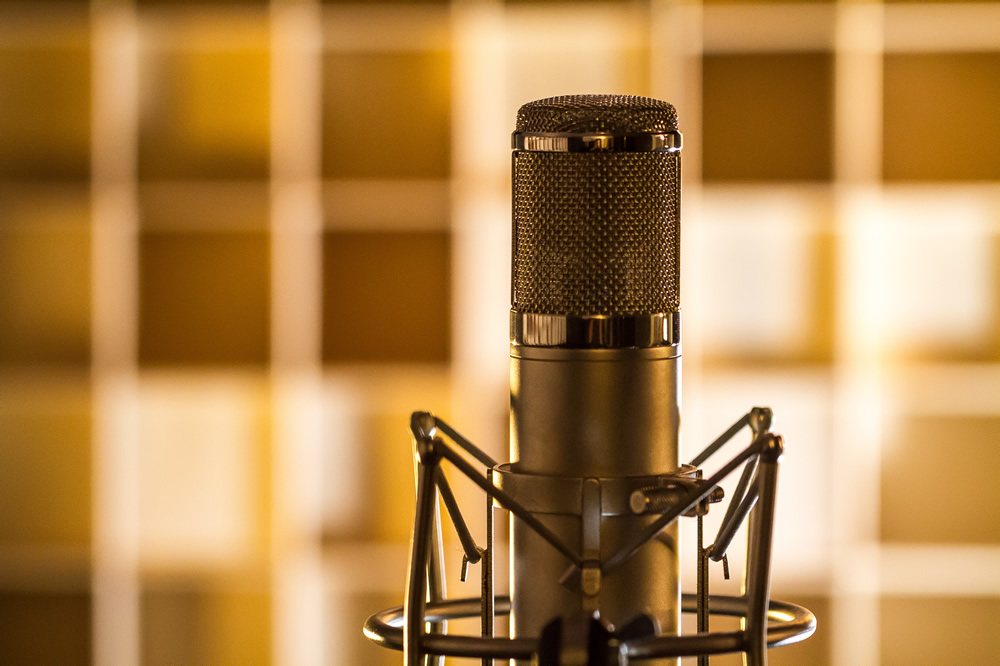
WHICH TO BUY?
Blue Ember overall is good but the plosives here are definitely terrible. A pop filter is certainly required to forget a windscreen you need a pop filter desperately with this microphone. However, can’t ignore the great build and admittedly beautiful design with really good sounds coming from this microphone by default, and most importantly at the price range, it’s an excellent microphone. The warmth of the Audio-Technica AT2035 microphone is much more good than any other microphones. This is a great mic, great for vocals, great for instruments. It will be a little bit heavy on the low end which could be a good thing and depending on the type of sound you’re looking for.
Both the microphones have a cardioid polar pattern. Design and color-wise both are totally different. Blue Ember worths $100, while Audio-Technica AT2035 worths $150. So, there is not much price gap between both microphones. You can choose as per your budget and what features are you looking for in the microphone.
Expert Reviews of Blue Ember:
By soundguys
Yes, for $99, the Blue Ember is an excellent value, and worth configuring in your studio. The understated design is gorgeous in its modesty, and I found myself wanting to include it in the frame of a video. Although it may…By pcmag
What at first seemed like pure marketing we can now confirm as truth—the Blue Ember is a solid non-USB microphone for home studios and streamers. If all of the required gear sounds like a headache, don’t fear—there are…By prosondnetwork
The latest offering from acclaimed manufacturer Blue Microphones is Ember, an XLR condenser studio microphone for recording and live streaming. Though it comes in at just under $100 ($99.99), the Ember is an exceptional microphone irrespective of cost…By reviewgeek
The Ember is Blue’s most affordable XLR mic for home recording, podcasters, and live streaming. The company has the equally-affordable Encore 100…By IGN
t $99, the Blue Ember is matched in value only by certain colors of the Blue Yeti. You’ll need a few extras to get up and running, but while you’d replace any of the mics here the minute you decided to buy a mixer, the Ember be ready regardless of how you upgrade your setup. I’m disappointed Blue…Expert Reviews of Audio-Technica AT2035:
By homebrewaudio.com
For the things I tested it on, voice and acoustic guitar, the AT2035 cardioid condenser microphone sounded great. If you weren’t comparing it to a mic that cost nearly 3 times more, the bumps…By Sound On Sound
I have to admit to having a fondness for the general sound of the AT2020, which is all the more impressive in light of its low cost. The AT2035 retains the same tonal characteristics while improving on…By sound review
At $149, the AT2035 is a good candidate for a budding engineer’s first LDC. There are certainly cheaper LDCs, but this price range is a good medium, balancing features and affordability. Moving from an SM58 to this will be pleasant…By recording hacks
In light of the recent flood of mics from suppliers old and new, mostly with products coming from China, Audio-Technica manages to maintain its solid reputation. The AT 2035 inspires confidence with its solid construction and its good…By shout4music
A successor to the AT2020, Audio-Technica’s AT2035 is a complete triple threat: incredible specs, a solid design, and a fantastic price. Its warm, balanced tone, high sensitivity, and low self-noise…




